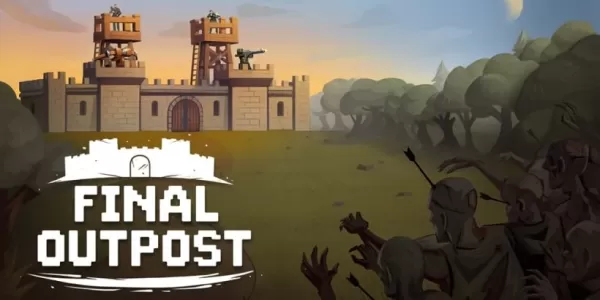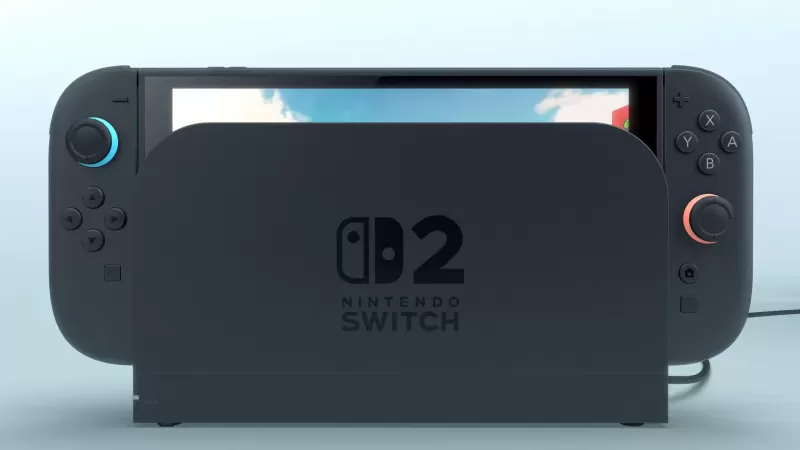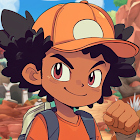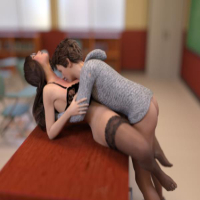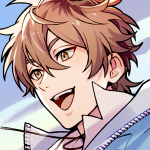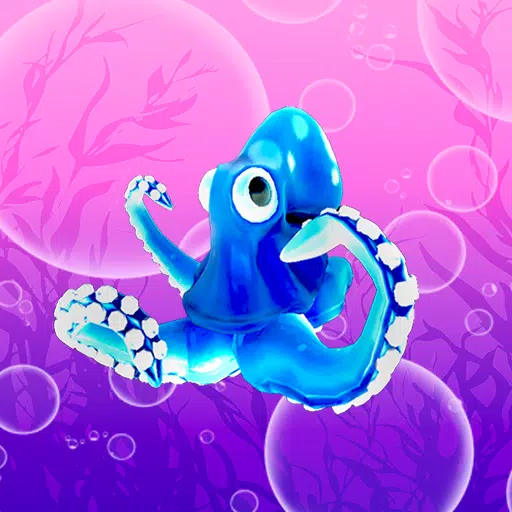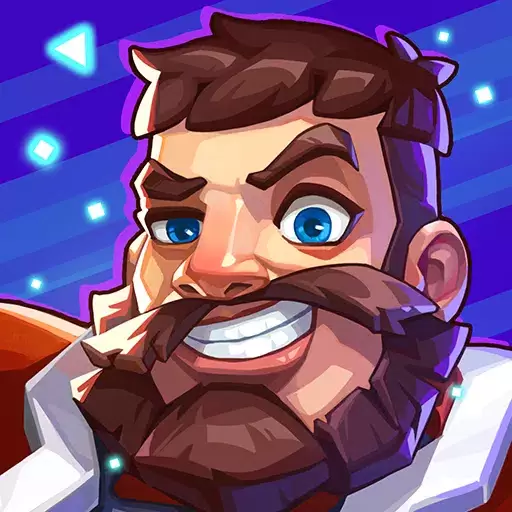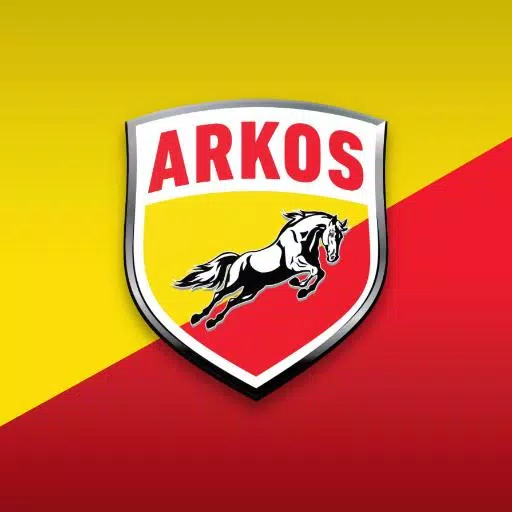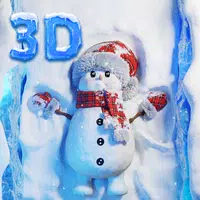Fans of Astro Bot are familiar with the story behind the creation of the sponge power-up, but did you know that Team Asobi, the developers, also experimented with even more outlandish powers, such as a coffee grinder and a roulette wheel? This intriguing tidbit came to light at GDC 2025, where Team Asobi's studio director, Nicolas Doucet, delivered a talk titled, "The Making of 'ASTRO BOT'". In his presentation, Doucet provided an in-depth look at the development process of the PlayStation mascot platformer, showcasing early prototype images and revealing cut content.
Doucet began by discussing the initial pitch for Astro Bot, which was crafted in May 2021, shortly after Team Asobi started prototyping. He revealed that the pitch underwent 23 revisions before being presented to top management. The pitch was uniquely presented as an adorable comic strip that highlighted the main pillars and activities of the game, which evidently resonated well with the audience.
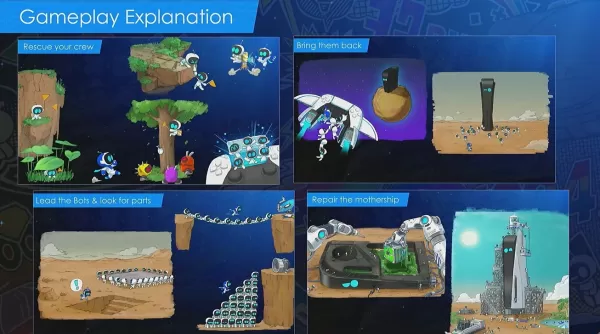
Next, Doucet delved into how the team generated ideas. The process involved extensive brainstorming sessions, where small groups of 5-6 people from various disciplines collaborated. Each participant contributed ideas through writing or drawing on sticky notes, resulting in a visually striking brainstorming board.
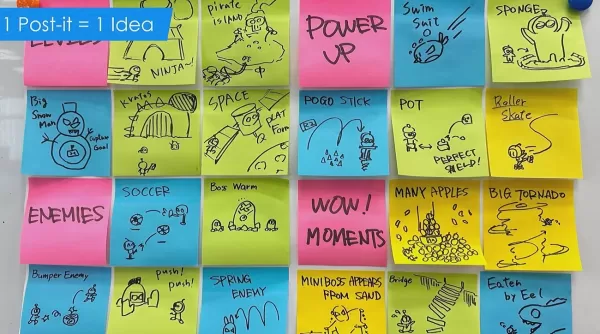
Not all ideas progressed to the prototyping phase, according to Doucet, with only about 10% making the cut. However, this still resulted in a significant amount of prototyping. Doucet emphasized the importance of prototyping across all departments, not just game design. He gave an example of audio designers creating a theater within Astro Bot to experiment with haptic controller vibrations that corresponded to different sound effects, such as the various ways a door could open and close.
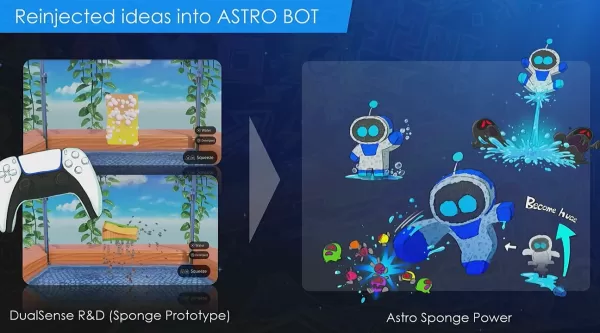
Prototyping was crucial to the Astro Bot team, Doucet explained, with a few programmers dedicated to experimenting with non-platforming concepts. This approach led to the development of Astro Bot's sponge mechanic, which used the adaptive trigger to simulate squeezing water out of a sponge, ultimately becoming a beloved feature in the game.
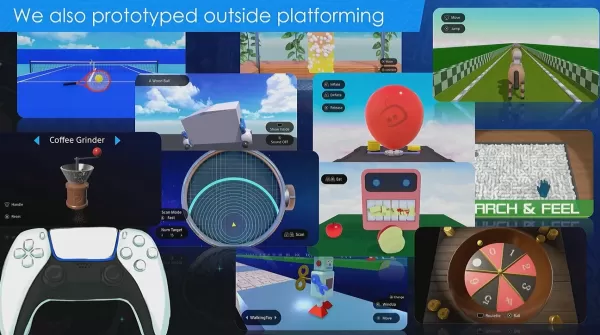
The image above showcased several prototypes that were explored but not incorporated into the final game, alongside those that were. Notable among them were the balloon and sponge, which made it into the game, as well as a tennis game, a walking wind-up toy, a roulette wheel, a coffee grinder, and more.
Later in the talk, Doucet discussed how levels were chosen and designed around specific mechanics. The goal was to ensure each level offered unique gameplay and avoided repetition. While it was acceptable to reuse power-ups, their implementation needed to be sufficiently distinct to maintain the level's uniqueness. Doucet showed images of a cut level themed around bird flights, which was ultimately scrapped due to its similarities with the level Go-Go Archipelago and another level in Astro's Playroom.
"In the end, it was decided that the overlap was not healthy enough to create variety, and we just cut this level entirely," he said. "We'll never know if that level would have been popular. But in hindsight, I think it's a good thing that we got to spend that time elsewhere."
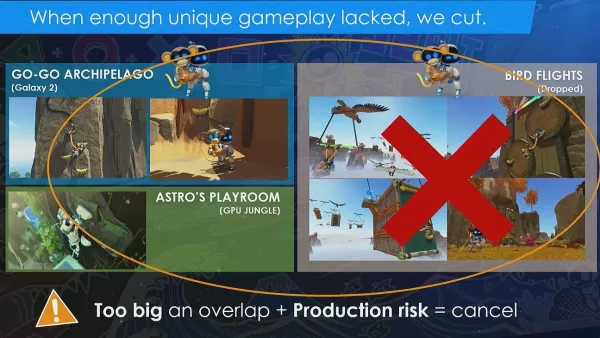
Finally, Doucet concluded his talk by discussing the game's final scene, which contains **spoilers** for those who haven't finished Astro Bot yet. In the final scene, players reassemble a broken Astro Bot with the help of other bots. Originally, the player was presented with a completely dismembered Astro Bot, lacking a head and limbs, which proved too distressing for some testers. Consequently, the team opted for a more intact version seen in the final game.
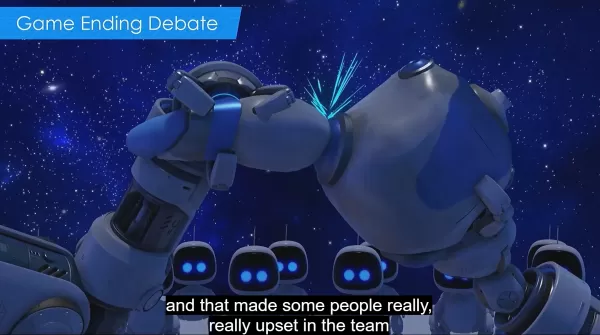
Doucet's talk was filled with fascinating insights into the development of Astro Bot, a game that received a 9/10 in our review, praised as "A fantastically inventive platformer in its own right, Astro Bot is particularly special for anyone with a place in their heart for PlayStation."


